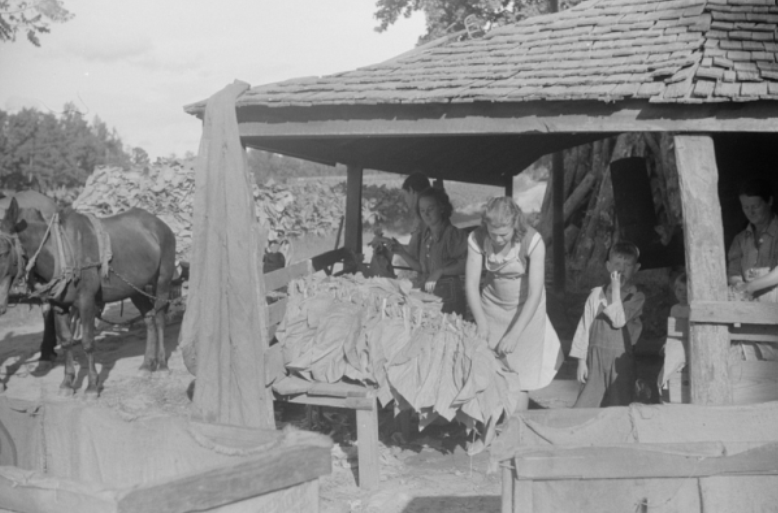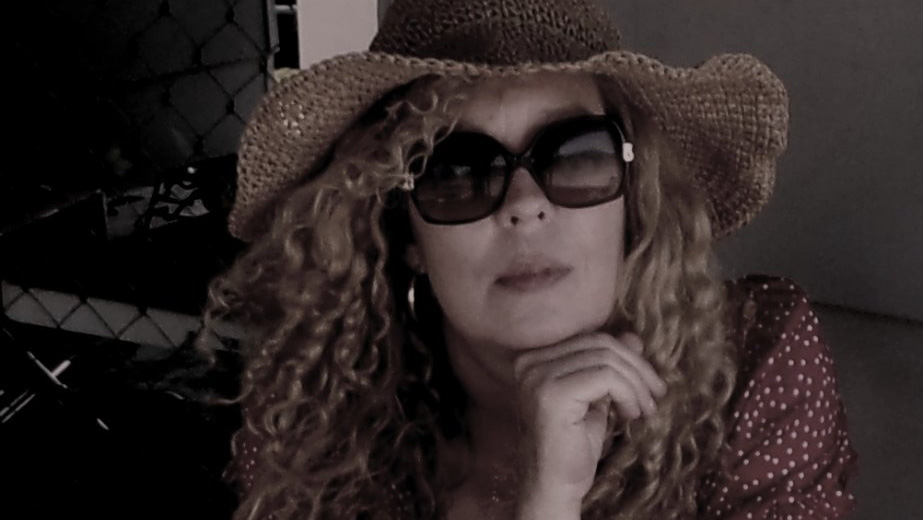
A full moon in August carries a sense of promise, especially a blue one. Sitting here watching it rise, I wonder how many others have seen the same sight, and what it meant to them. At this time of year, I think farmers look on that moon the same way they have for thousands of years, as a sign the harvest is coming, and that it will be good. Maybe a blue moon doubles that feeling. The long days of endless work are finally slowing, and the crops they’ve sweated and bled for all year are about to pay off for them.
We don’t have all the stories from the folks who worked this land before us, but here and there are still a few. A man called Albert P. Butler was born in Alabama in 1868. As a young man, he worked as a scout and organizer for a wagon train moving people west. After delivering his cargo to Houston, Butler decided to stay on in Texas and see what fortune would offer. He saw an ad on a bulletin board in Sulphur Springs, seeking families willing to sharecrop in Brown County. Butler took his wife, Laura, and their young children and went west for the job. “We found a really nice place in Blanket, Brown, Texas. It was for sale for a $0.05 cent an area, so we bought it. It was halfway between Blanket and May Texas,” Butler said in an interview published by USGenWeb Archives called the Life and Times of Albert Pearce Butler by Roy C. Butler.
In the next passage Butler describes a sharecropping deal (I revised some of the errors in the text, so it reads more smoothly). “The next morning I met Mr. Charles Daniel, and he was in need of a good man to work his place on the halves. He pays for all the seeds and I was to use his farm equipment. This was the first time for me to plant two different crops. Planted 489 areas of cotton in black land. Then 511 areas in peanuts in sandy loam. This also the time we added another child to the family, a baby Boy Butler born February 4, 1904, and died February 4, 1904, here in May, Brown, Texas. Sadie started to school in May Texas. Things were very good here
in Brown County. Robert was always under a foot when I was close to the house, but he was growing up to be a fine young man. He wanted to be grown up so as to help out in the fields.”
“When I needed help in the fields, I called on my neighbor’s boys, Williams. They would help me after school also the two boys of Mr. Daniel did help on some days. The first year was a very good turn out for all our crops. We got top dollar for the peanuts and got a very good price for the cotton. So we had a good bit of money that was going to get us through the next year. In addition, we were going to plant the same crops next year,” the account says.
Mr. Butler relates the early death of another child, born shortly after the one noted above. It was a hard life, and west central Texas was often not kind to those who chose to build a home in it. “The year of 1906 started out ok, but it turns not so good and things were getting harder and the boys could not help me as much as they were last year. But we had a good roof over our head and food to eat. We all had good health, but Joe, he was weak and did not have much energy. We buried Joe in May cemeteries.”
Through toils and trials, the Butler family went on to establish themselves in Brown County, and the work they put into the land has prospered further generations. Maybe this rare blue moon is a good omen of a good harvest, and maybe more than crops are reaped by what others have sown. A man and his wife, along with their children and neighbors, surely helped plant more than farmland. These people cleared the way–building social networks, helping neighbors in need, forging roads through the mud. I wonder how much is truly owed to the earlier generations who endured tough times out here, and made our own a little easier.
***
Diane Adams is a local journalist whose columns appear Thursdays on BrownwoodNews.com
